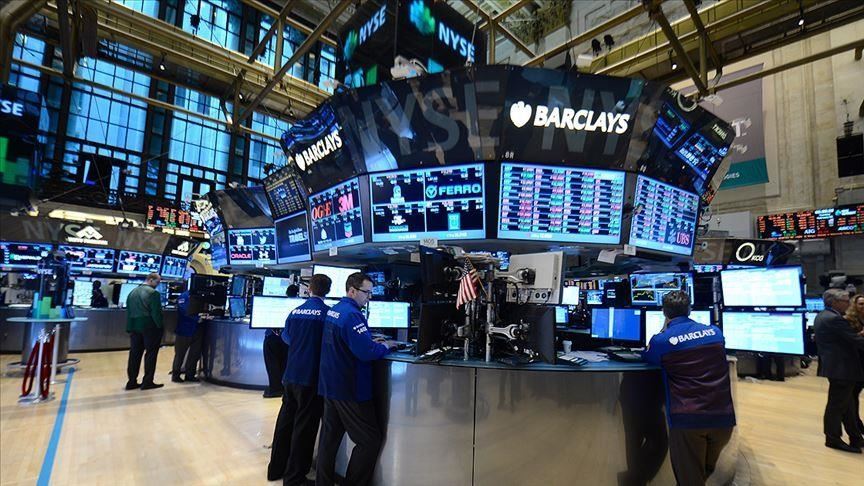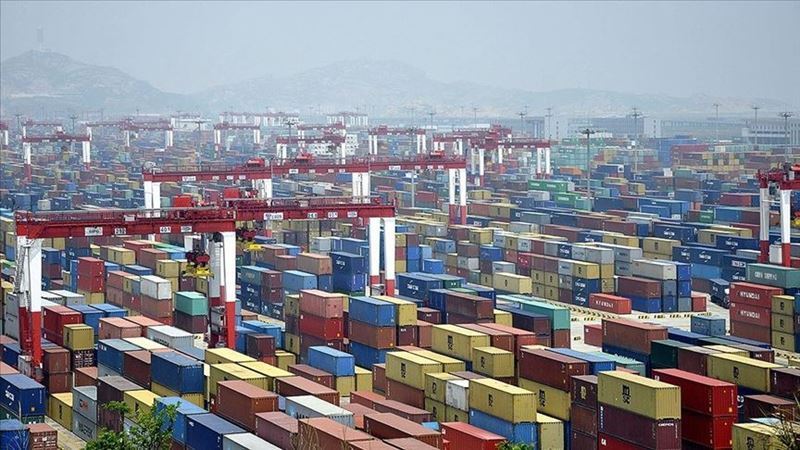Inflation which continues its upward trend on a global scale especially in the USA continues to be influential on pricing in the markets.
The Consumer Price Index (CPI) increased by 1 percent month on month in May showing the highest increase since December 1981 with 8.6 percent year on year, according to data released in the USA on Friday.
Contrary to expectations inflation kept its upward trend which lowered the risk appetite in the markets, fearing that the Fed's aggressive hawkish policies might continue for longer than anticipated.
While the said development increased the selling pressure in the bond markets the reversal of the yield curve in some assets strengthened the fears of recession.
Accordingly, while the US 2-year bond yield reached its highest level since 2007 with 3.20 percent the yield curve in the 3, 5, 10 and 30-year the USA bond yields started to price the recession risk.
On the other hand the possibility of a 75 basis point policy rate hike which Fed officials had previously described as improbable, was included in the pricing again.
At the meeting to be held in the money markets this week it was priced that the Fed would increase interest rates by 75 basis points to control inflation with a 25 percent probability, while the probability of a 75 basis point increase in interest rates increased to 53 percent at the meeting to be held in July.
Although the possibility that the new type of coronavirus (Kovid-19) epidemic in China may not be fully under control has suppressed oil prices, the average price of gasoline in the USA reached an all-time high with $ 5 per gallon (about 3.8 liters).
With these developments, the S&P 500 index fell by 2.91 percent, the Nasdaq index by 3.52 percent and the Dow Jones index by 2.73 percent in the New York stock market on Friday. Index futures contracts in the USA started the new week with sellers.
While the European Central Bank (ECB) did not change the policy rate last week in line with the expectations, this week the eyes in the region turned to the monetary policy decisions of the Bank of England (BoE).
While it is considered certain that the BoE will increase interest rates by 25 basis points at the meeting on Thursday, the possibility of a higher rate hike by the bank is also priced in.
On the other hand the USA inflation which exceeded expectations on Friday, caused bond yields to rise rapidly in Europe, while Germany's 10-year bond yield rose to 1.52 percent, the highest level since April 2014.
While ECB and BoE officials stated that macroeconomic data will have an important place in the course of monetary policy in their verbal guidance, this week's intense data calendar in the region draws attention.
While these developments deepened the selling pressure in the regional equity markets, on Friday, the DAX 30 index was 3.08 percent in Germany, the FTSE 100 index was 2.12 percent in the UK, the CAC 40 index was 2.69 percent in France and the FTSE MIB 30 index in Italy. The index lost 5.17 percent. Index futures contracts in Europe started the new week with a decrease as well.
While Asian stock markets carried the seller's course on Friday into the new week parallel to the global markets, the news flow that will negatively affect the already low risk appetite continues.
While some measures are being implemented again after the increasing Kovid-19 cases in China the rising tension between China and the USA over Taiwan increases the risks in the markets.
Ahead of the monetary policy decisions of the Bank of Japan (BoJ) on Friday, the dollar/yen parity rose to 135.16 the highest level since January 2002 due to concerns that the Fed will continue its aggressive policies.
BoJ Chairman Haruhiko Kuroda in his statement on the subject stated that they do not want the sharp depreciation of the Japanese yen and that they closely monitor the movements in the exchange rate and its impact on the economy.
Noting that the Japanese economy is still under the influence of the Kovid-19 epidemic Kuroda said that they will continue to support the economy with loose monetary policy to ensure an increase in wages.
After the increased volatility in the South Korean won it was stated that the developments were followed closely in the statements made by the Ministry of Finance and the central bank.
With these developments, the Nikkei 225 index in Japan is 2.94 percent the Shanghai composite index in China is 1.2 percent, the Hang Seng index in Hong Kong is 3.24 percent and the Kospi index in South Korea is 3.3 percent. lost.
The BIST 100 index which followed a sales-weighted course in line with the global markets on Friday finished the day at 2,543.10 points with a decrease of 1.11 percent.
Dollar/TL on the other hand is traded at 17,2600 at the opening of the interbank market after closing at 17,1192 with a decrease of 0,45 percent on the last trading day of last week.
Analysts stated that the balance of payments and industrial production in the country growth and industrial production data in the UK will be followed today and noted that the volatility in the markets may continue until the Fed decisions on Wednesday.
Stating that investors should act cautiously in this process analysts said that technically, 2,500 and 2.440 levels in the BIST 100 index stand out as support and 2.570 points as resistance.
Economists participating in the expectations surveys of AA Finans expect the current account to run a deficit of 3 billion 390 million dollars in April and the calendar adjusted industrial production index to increase by 8.3 percent in April compared to the same period of the previous year.
The data to be followed in the markets today are as follows:
09.00 England, April industrial production, foreign trade deficit and Gross Domestic Product
10.00 Turkey, April balance of payments
10.00 Turkey, industrial production in April











Comments
No comment yet.